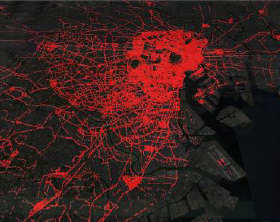Squama(スクアマ)は部分的に透明度を制御できるプログラマブルな壁面あるいは窓システムです。未来の建築空間は,環境の変化や利用者の好み/必要性に応じてその物理的な特性を動的に変化させるようになるだろうという、ソニーCSL副所長・京都研究室室長の暦本純一の「プログラマブル建築」の着想から、その構成要素として生まれました。
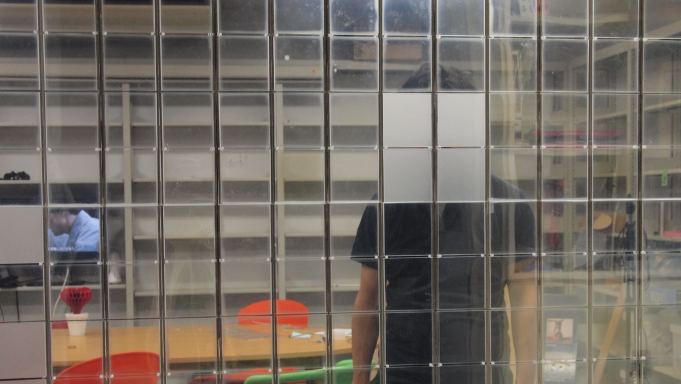
透明度をダイナミックにコントロールすることで、従来は矛盾する要求だったプライバシーと開放性の両立させることができるようになります。また、デプスセンサーによる居住者の視点位置認識により,眺望をたもちながらも景観の中で見たくないものだけを居住者の視点に基づいて選択的にマスクしたり、オフィスなどで外部者に見せたくないものなどを選択的に隠したりといった、いわば現実世界でのモザイクのような役割を果たすことができます。部屋の中で直射日光が当たってほしくないところをを指定すると,その領域が常に影になるように,太陽の方角に基づいて窓の一部分が自動的に不透明になるように影をプログラミングすることも可能です。
Squamaは建築環境に置かれたインタラクティブディスプレイとして用いることも可能ですが、居住空間を構成する面がプログラマブルになることで、環境や利用者の行動に対応した動的な居住性の向上をはかること、つまり現実を調停することを主な目的としています。
本プロジェクトは、東大暦本研との共同プロジェクトです。
(リンク:https://lab.rekimoto.org/projects/squama/)
京都研究室での事例:雪見扉 by Squama Yukimi [URL]
Squama is a programmable physical window or wall that can independently control the visibility of its elemental small square tiles. This is an example of programmable physical architecture, our vision for future architectures where the physical features of architectural elements and facades can be dynamically changed and reprogrammed according to people’s needs.
When Squama is used as a wall, it dynamically controls the transparency through its surface, and simultaneously satisfies the needs for openness and privacy. It can also control the amount of sunlight and create shadows, called programmable shadows, in order to afford indoor comfort without completely blocking the outer view.
The main objective of Squama is to mediate reality, i.e., to improve dynamic livability in response to the environment and user behavior, by making the surfaces that make up the living space programmable.
Squama is a joint project with the Rekimoto Lab at the Tokyo University.
(Link:https://lab.rekimoto.org/projects/squama/)
Case Study at Kyoto Laboratory:Yukimi Door by Squama Yukimi [URL]




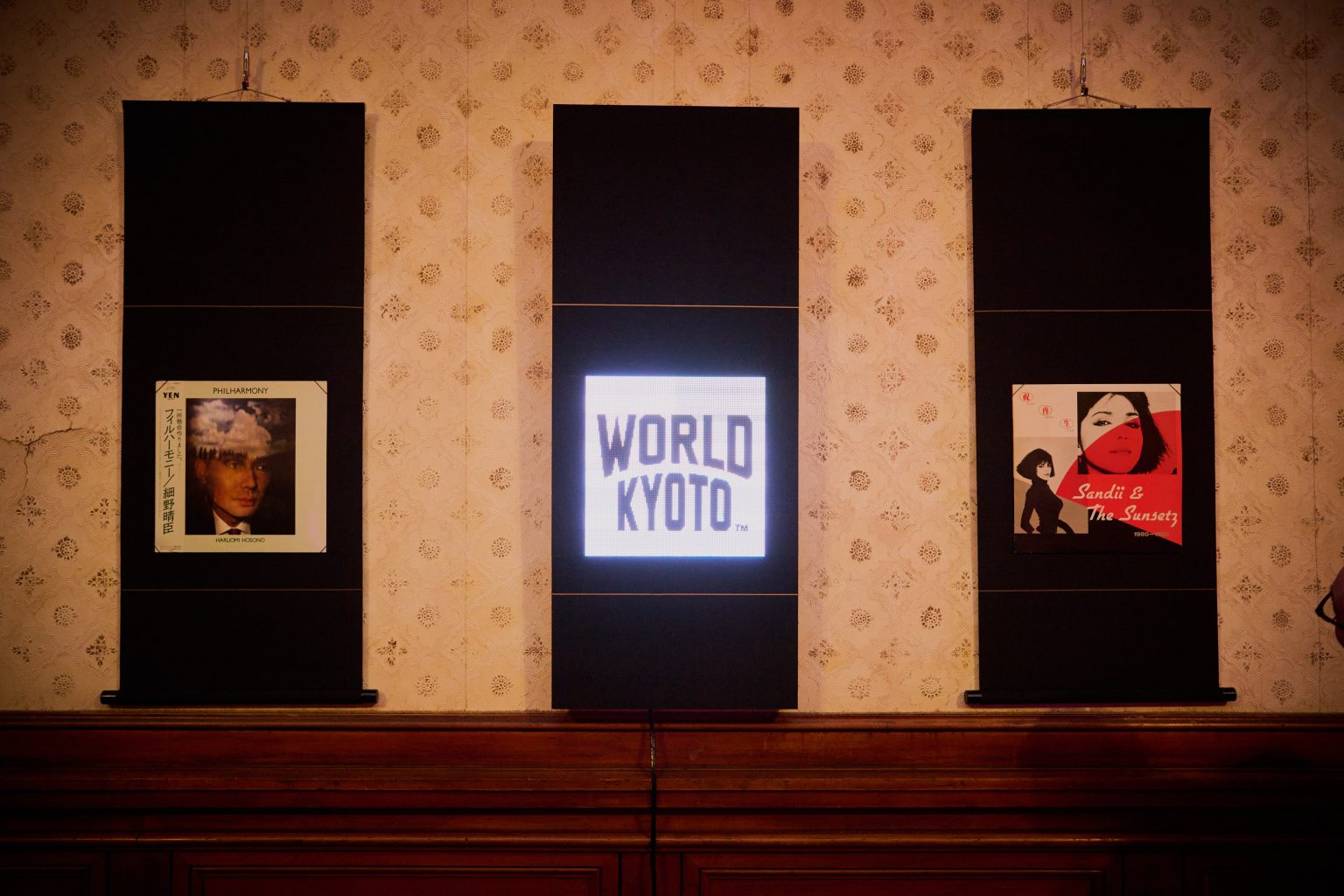

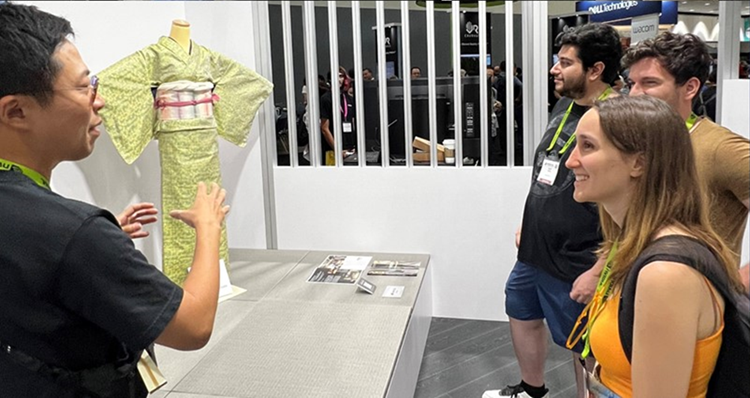
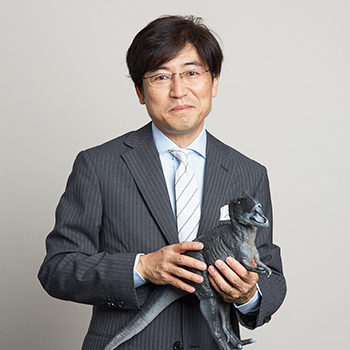
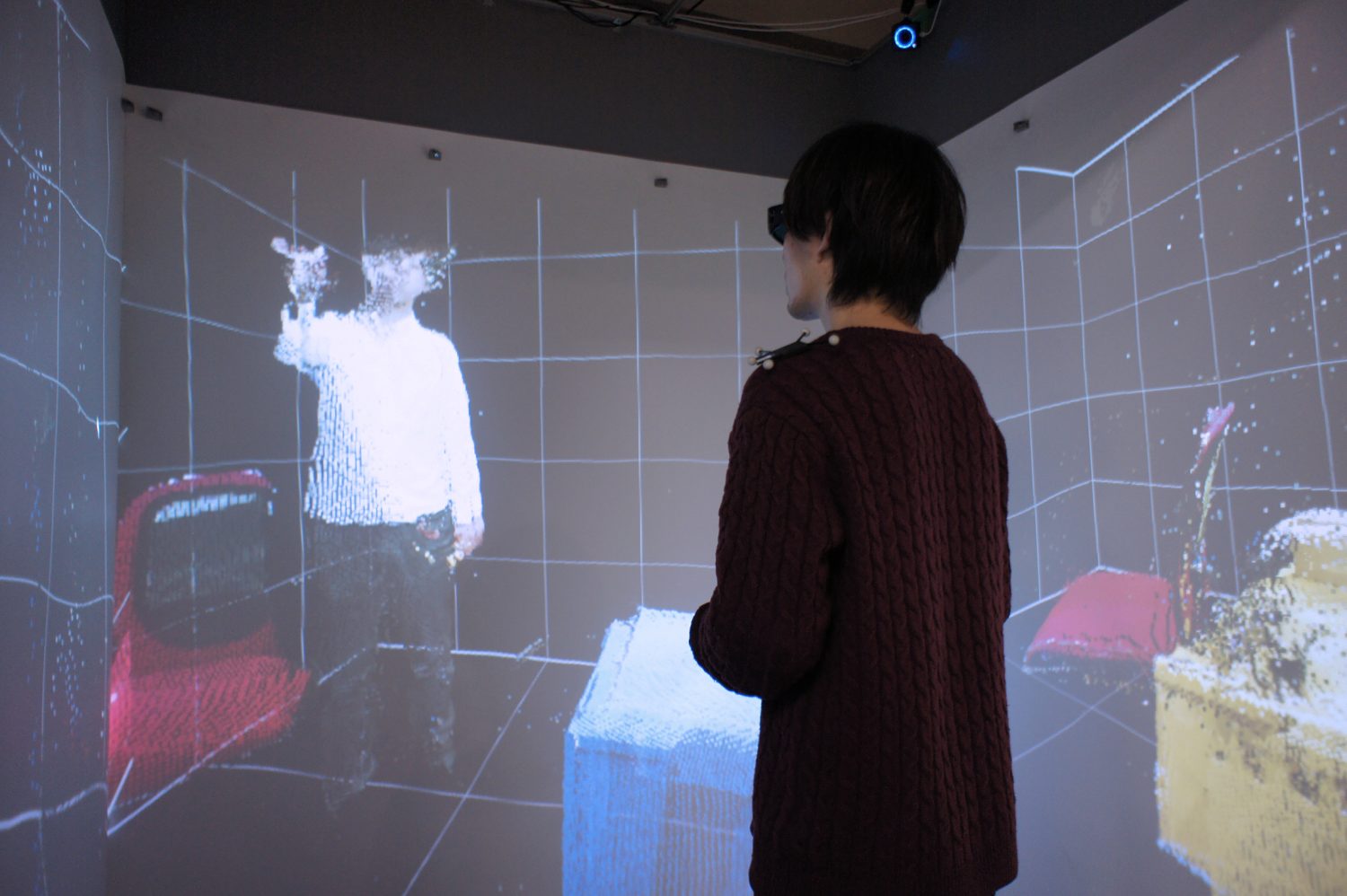

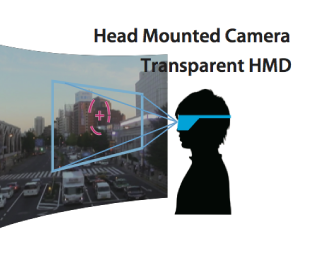



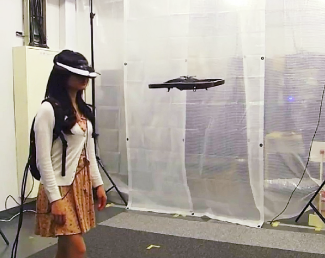
.png)
